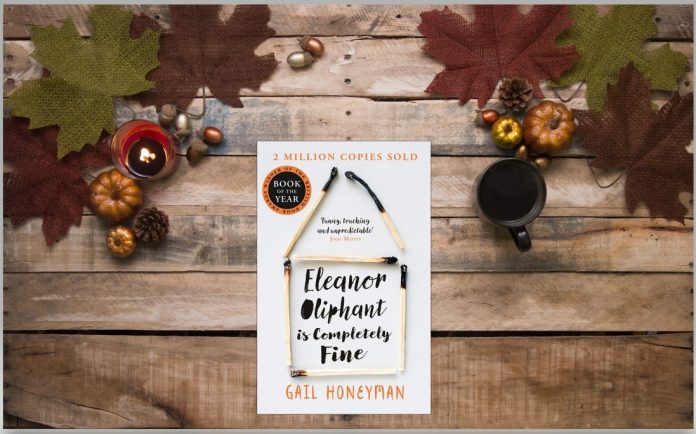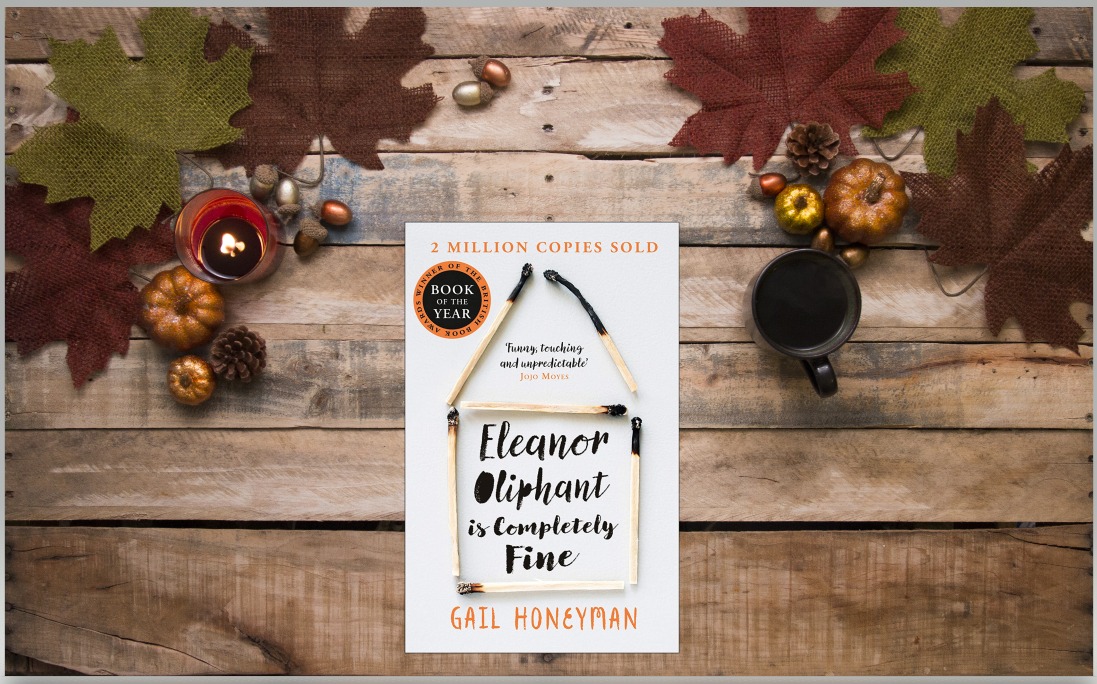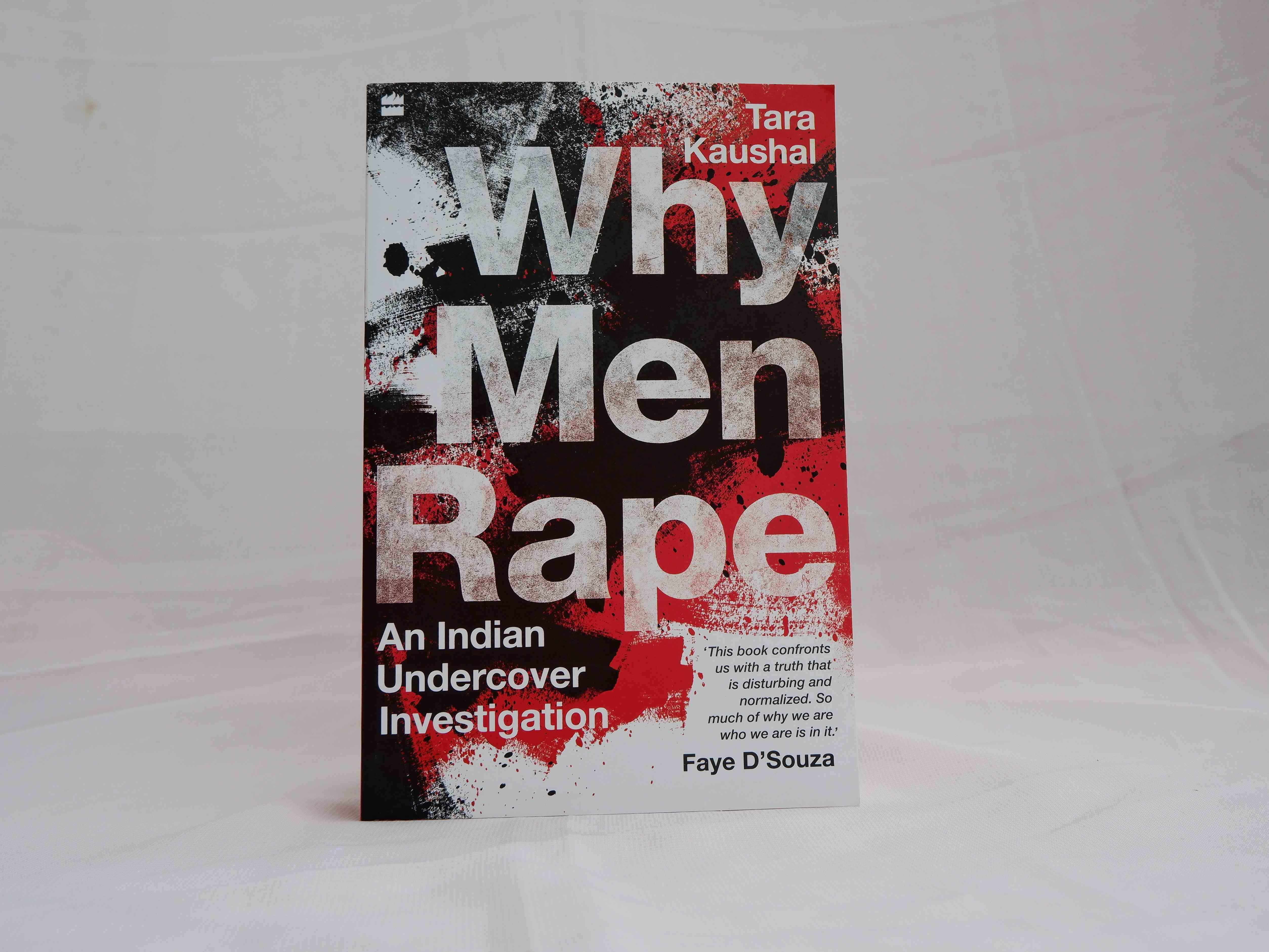Eleanor Oliphant Is Completely Fine
by Gail Honeyman
Publisher: HarperCollins UK (2017)
Gail Honeyman’s debut novel “Eleanor Oliphant is Completely Fine” is like the frenetic force of a waterfall. It gushes through our guts filling us with a breathless warmth and a stinging coldness that is hard to shake off much after the ripples die down. Through her first person narrative, Honeyman encompasses the essence of human emotions and behaviour in a way that is uncomfortably relatable and gives us a gut-wrenching story of loneliness, strength, triumph and most importantly, hope.
Eleanor Oliphant is 30 years old and leads a structured life of routine that is defined by fixed meals and familiar activities. She holds a steady job of 9 years doing numbers and possesses an intelligence that challenges the most cryptic of clues in the daily crossword. She is polite, aware and protocol driven with a sense of duty towards everything she attempts. She has a wry wit that soars over lesser comprehending minds and a surprising indifference towards technology. Every Wednesday she chats with her mother on the phone about mom- daughter trivialities. She has a heightened palette for the elevated aspects of life like good music and fine dining though she rarely expresses it. All in all, Eleanor is sorted. Like the next person. A normal fit. And her life is completely fine and peachy.
Except that it isn’t
Beneath the veneer of Eleanor’s carefully curated existence, lies a soul that is damaged by the horrors of her childhood. A soul that mirrors the physical scar that dominates her visage. As Honeyman rolls out the fabric of Eleanor’s life, we get fleeting images of the rips, tears and creases that define it. We realize that “mummy” who forms the fulcrum of her world is a diabolical harbinger of evil serving time for a crime that literally and figuratively tore Eleanor to shreds leaving her with a beating heart, a lifetime of guilt and little else. Through the author’s narrative, we visualize a child’s life snipped at its prime. In addition to her tangible disfigurement, we note the years of mental disintegration which, like a ticking bomb threatens to erupt inside of her. Yet from deep within the ravages of her soul, Eleanor possesses a lambent spirit that belies the savagery of her past- a spirit that longs to one day welcome love and compassion into her world. “There are scars in my heart” she says “just as thick, as disfiguring as those on my face. I know they are there. I hope some undamaged tissue remains, a patch through with love can come in and flow out, I hope”.
The spark and desire to fill this gaping void and create a semblance of normalcy for herself takes her on a journey of self-discovery through two diverse relationships with contrasting men. Johnnie Lomond the musician is a symbol of everything Eleanor visions in a perfect life- drop dead gorgeous, talented, rich and therefore suitable husband material. He represents the cure that Eleanor seeks to heal her abraded heart. As she puts forth an elaborate and efficient plan that will lead her to the man of her dreams, she meets Raymond who is the complete antithesis of all that she is looking for in any kind of relationship. Yet, as she pursues Johnny with a feverish caution, Eleanor finds herself shedding her defenses and letting in emotions that she thought she never possessed or was worthy of receiving. Through her relationship with Raymond, she begins to understand the intricacies of friendship, kindness, empathy and security. She realizes that genuine goodness exists beyond superficial fancies and that everyone including her, battered and bruised inside out, can partake in it. In the riveting final act, as the demons of her past threaten to overcome her, Eleanor rises up “to emerge from the flame like a little phoenix” to reclaim her life by confronting the monsters that she so expertly repressed in her subconscious mind. Honeyman also throws in a crucial detail in the climax that sums up everything her courageous protagonist represents and all at once, we are overwhelmed with the sheer weight and burden of Eleanor’s secret, her innocence that combusted and died with her on that fateful day and the closure she so desperately seeks.
Honeyman’s prose is addictive and mesmerizing like that extra gooey bar of chocolate which works to satiate one’s midnight cravings. Through her brilliant terms of verbiage, she infuses each situation with a generous dose of pathos, heartbreak and deadpan wit. Eleanor’s tryst with bikini wax and her reactions to the aftermath is hilarious as are her observations and reactions to the traits of her co- workers. Here’s a woman who has been hardened by life’s curveballs but still finds humour in these darkest crevices. The author also uses opposing ideals that she juxtaposes masterfully throughout the novel giving us a sense of Eleanor’s internal quandaries. While she uses both Johnnie and Raymond to present contrasting thoughts in her protagonist’s headspace, the devolving of Johnnie and his career leading to his decline is mirrored by Eleanor’s own growing confidence to face the world that seemed hitherto dark and hopeless. Similarly, Eleanor scoffs at Raymond for traits that she finds unacceptable namely his indifference to the English language, his incessant ramblings, his tardiness, his careless dress sense or even his modest looks. Yet as she slowly breaks down the walls that she so carefully built, she finds herself having numerous eureka moments while embracing these insufficiencies unconsciously and realizes to her utter surprise that she actually craved these qualities in herself and in others.
Honeyman also uses imagery tropes beautifully to create Eleanor’s world. While many writers rely on natural landscapes to metaphorise their thoughts, Honeyman takes common place objects and people to express the inner turmoil of her heroine. Vodka plays a significant role here as not only the spirit that Eleanor can drown her sorrows in but also as a cold substitute to the hot fire that wreaked havoc in her life. In a particular moment of fear and trepidation she says “I was decidedly not in the mood for hot brown liquid, oh no, I was in the mood for cool, clear vodka”. Polly the plant is another manifestation of Eleanor’s personality that she buried with her. While she feels incapable of giving and receiving love, she tenderly takes care of Polly like a living breathing child –her only connection with any emotive sentiment before meeting Raymond. Polly is also a figurative representation of a certain loved one in Eleanor’s childhood whose fatal death is the cause of deep guilt and turmoil within Eleanor. At every stage this memory rankles her and reaches a boiling point in novel’s culmination. Later, when she is presented Glen the cat as a pet, her nurturing instincts come to the fore again. The peripheral characters in the novel also serve to further Eleanor’s journey. Sammy, the old pensioner who Eleanor and Raymond assist on the road and Raymond’s own contented mother indirectly show her that unconditional love exists. Through Bob her boss, Eleanor learns that she too harbours prejudices that blind her from seeing the bigger picture. When Eleanor tells Laura, Sammy’s daughter “Thank you for making me shiny” after the latter gives her a makeover, we are hit with a sense of profound realization. Yes, the shine is internal too. And that’s progress she never saw coming.
There is so much more that jumps out and grabs us in “Eleanor Oliphant is Completely Fine”. It makes us count our blessings. It makes us feel fortunate for the life we lead. It pushes us to leave our protective bubble and acknowledge life and its vagaries. It tells us that our existence may not be a bed of roses but it is on us to pull out the thorns that prick. And above all, it leaves us with the inspiring positivity that love exists everywhere and help is always around the corner. All we need to ensure is to look in the right places and keep our hearts open to welcome and share it indiscriminately. Gail Honeyman, take a bow. Eleanor and you blew my mind.








RELATED ARTICLESMORE FROM AUTHOR
The Book Of Everlasting Things
Phantom Lovers
The Girl Who Kept Falling In Love